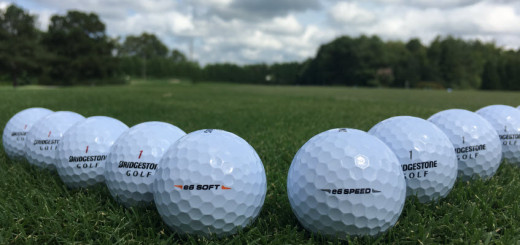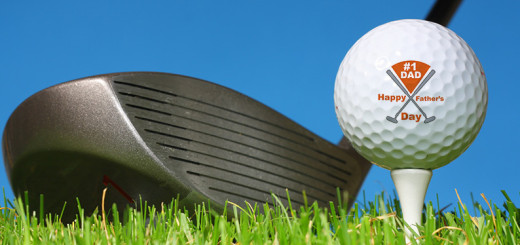USGA and R&A Just Fine with How Far the Golf Ball Flies
What’s the old saying – there are lies, damned lies, and statistics? Most human beings have a built-in wariness of statistics, especially when they bang up against one’s experience. So, if statistics say there’s never been a shark attack at a particular beach but you see a dorsal fin on the horizon while you’re swimming, maybe you should get out of the water.
Which bring us to a recent joint report from the United States Golf Association (USGA) and the Royal & Ancient (R&A) on findings from studies of driving distances across seven major professional golf tours (that’s an exhaustive study – can you even name seven professional golf tours?). The conclusion: yes, there has been some increased distance off the tee in the past decade, but it’s been so slight as to be hardly noticeable. The golfing powers that be called it a “slow creep.”
How Does this Report Jive with Reality?
Those findings don’t seem to consort with conventional wisdom. Don’t equipment makers and golf ball manufacturers tell us each year that there is more distance waiting for us on the course by taking advantage of their newfound advances in testing? Aren’t we watching golfers hitting short irons into the 18th green at Augusta when Jack Nicklaus and Greg Norman were hitting 4-irons back there in the Masters in the 1980s?
For that matter, didn’t a group of the leading architects compose an open letter to the R&A warning that if equipment advancements weren’t curtailed, then golf courses would become obsolete? Didn’t Nicklaus himself advise golf to “change the friggin’ ball?” This new report just makes it seem that everyone’s been living in an alternate reality, which really can’t be the case – can it?
What the Numbers Say
The USGA and R&A brought out charts and numbers from the past thirty-five or so years. In that time the average driving distance on the PGA Tour has ballooned from 255 yards to over 290 yards. But in the past dozen or so years, there’s been almost no change. Similarly, this century has seen little improvement in driver distance on the European, Japan Golf, Web.com, Champions, LPGA, and Ladies European tours.
In addition, launch conditions – such treasured measurements as club head speed, launch angle, ball speed and spin rate – have been pretty much the same for the past ten years. At the same time scoring, even though it has generally tumbled consistently since the study results began in 1980, is also barely nudging down. Taken in total, the scoring average on the PGA Tour has dipped from 72.6 to a shade under 71. Of course, that is a broad aggregate that can’t take into account the changes in venues and the alterations to courses on a yearly basis. But it’s still barely more than a single stroke in 35 years.
What Does It All Mean?
There has been an undercurrent of grumbling among golf fans (and that includes Mr. Nicklaus) that the golf ball is flying too darn far. That the USGA and R&A issued this report in the first place may appear to be a rebuke to that general impression. But in reality it’s just a report of facts that’s prepared on an on-going basis.
Going forward, this is an indication that there will be no “standardized distance” golf ball in the near future. Even a “slow creep,” however, can result in a significant number of yards over time. So the golfing regulators will continue to monitor these numbers, as they do anyway.
Manufacturers will also continue to pursue the Holy Grail of increased distance for the recreational player. After all, for professional golfers used to making flush contact on every swing, there’s only so much incremental distance they can squeeze from a driver. But for golfers who are more sweet shot-challenged, there’s always help that will be appreciated.




